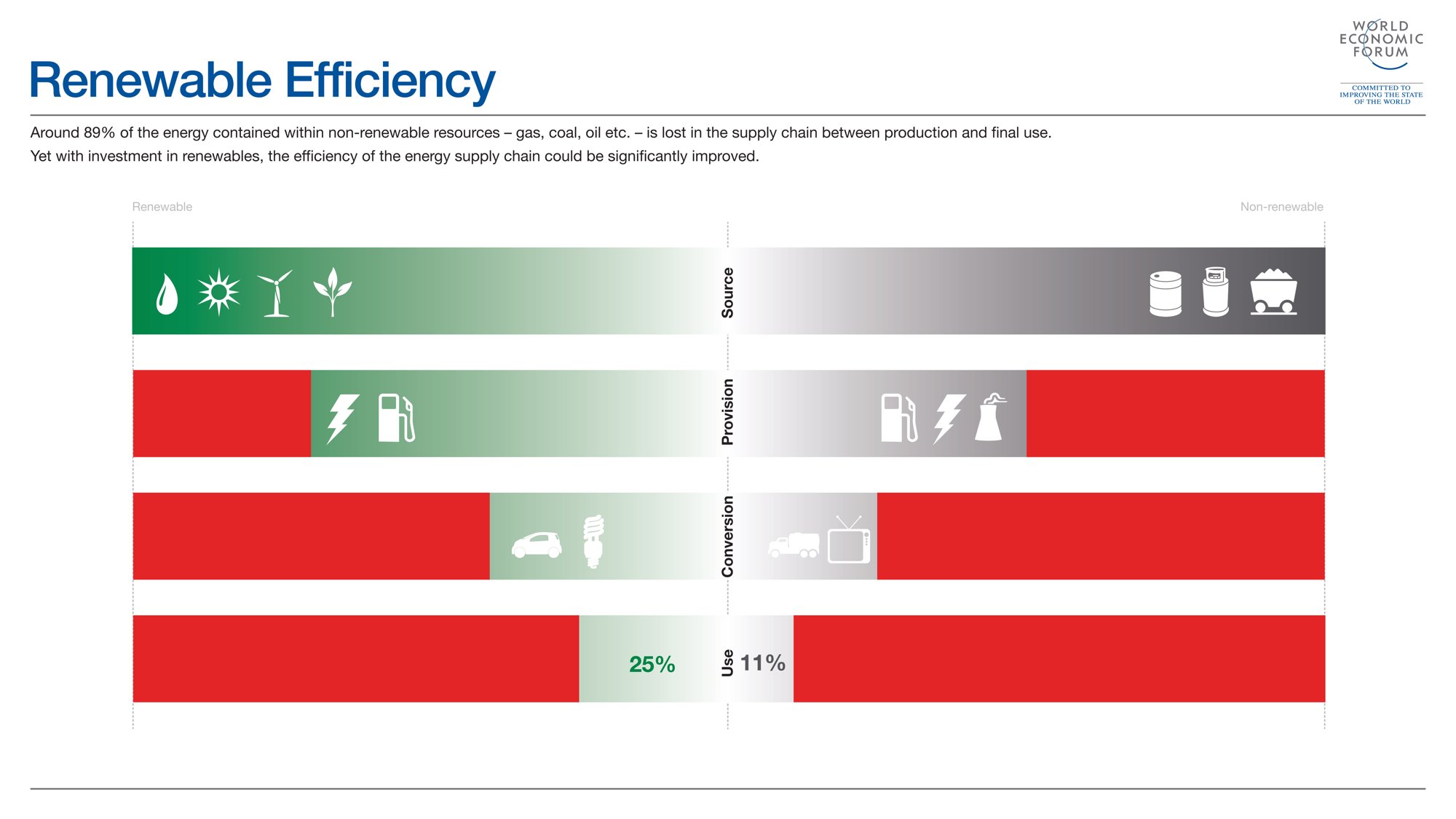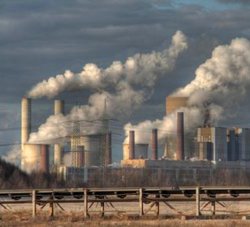 Only about 11% of the energy contained within resources (gas, coal, oil, etc.) is utilised; 89% is lost in the supply chain, from resource production to final use, the so-called energy harnessing landscape.
Only about 11% of the energy contained within resources (gas, coal, oil, etc.) is utilised; 89% is lost in the supply chain, from resource production to final use, the so-called energy harnessing landscape.- Energy harnessing efficiency can easily be doubled over the coming two decades, which would lead to sustainable economic growth and a reduction in greenhouse gas emissions.
- The critical measures and technologies for such a transition have to be supported by smart policies to trigger critical investment.
Geneva, Switzerland – The World Economic Forum has launched a new report, “Energy Harnessing: New Solutions for Sustainability and Growing Demand”, which establishes the most comprehensive analysis of how we use energy to date. Energy powers the global economy. Without sufficient energy to heat and light homes, run businesses, power manufacturing plants, and fuel transport, the world would come to a standstill. Energy is provided via an energy harnessing network, a complex system that starts with extraction from a variety of sources and moves to transformation, storage, distribution and utilization.
According to the systems analysis carried out in collaboration with academics from the University of Cambridge and industry experts, the current energy harnessing landscape is highly inefficient – merely 11% of the energy embedded in resources is used.
Increasing the efficiency of the energy harnessing landscape could easily be doubled given sufficient investments in new technologies and political support. The report outlines in detail appropriate steps to be taken from businesses and governments to achieve this.
“To effectively mitigate climate change and tackle resource dependence, we have to fully restructure the way we provide energy. Many smart solutions are out there, but governments and the private sector have to provide capital and incentives so that these solutions can be brought to market as soon as possible. Each day that passes without action will cost us dearly in the long run,” said co-author of the report Sir David King, Professor and Director, Cambridge Kaspakas Ltd., and Special Representative for Climate Change, Foreign & Commonwealth Office, United Kingdom.
“There is a rapidly growing demand for energy in the world and many sources that are not yet exploited well. The work in this report from chief innovation officers and experts from many sectors gives a very interesting view of integrated systems and the essential enabling tool, energy storage,” said Yoshimitsu Kobayashi, President and Chief Executive Officer, Mitsubishi Chemical Holdings Corporation, Japan.
“This comprehensive paper gives a map to address the old wisdom, ‘If you do not change direction, then you may end up where you are heading’. Society is reshaping, whether developed industrial or re-emerging economies. The look at energy potential in Europe and China becomes very interesting and important,” said Andrew J. Hagan, Director, Head of Chemicals Industry, World Economic Forum, Switzerland.
Provision of renewable energy will have to dominate the future energy architecture on a global level. However, the periodic availability of supply will have an enormous impact on energy security when renewables are deployed on a significant scale. In the short term, natural gas can balance this intermittency and the development of shale gas production globally is linked intrinsically to the success of renewables. In the long term, smart grids and electricity storage will play a key role in the intermittent nature of renewable energy. Most of the technologies are still in early development and need investment.
Innovative solutions are needed to ensure that the global economy is fuelled in a socially and environmentally responsible way that is also good for growth.
Check the following link to read/download the Full Report:
http://www.weforum.org/reports/energy-harnessing-new-solutions-sustainability-and-growing-demand
Source: WEF.



















